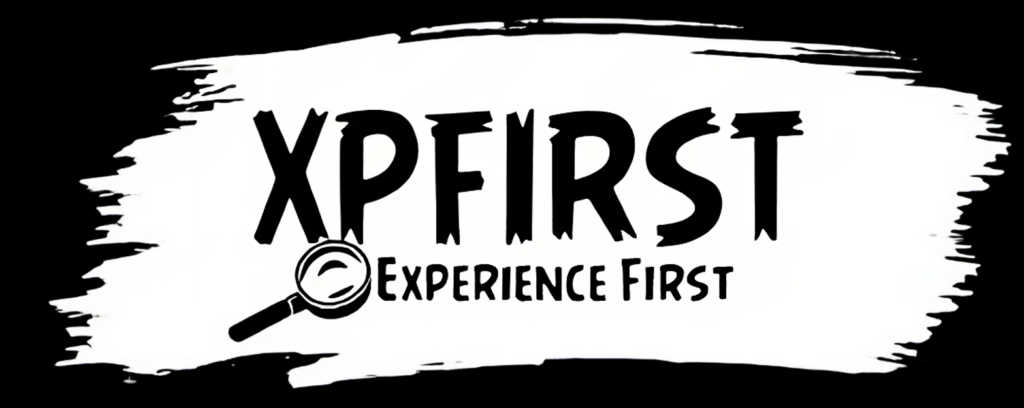
Introduction
In the hypercompetitive landscape of PC game development, the key to visibility and success often lies in the early stages of game design. This guide explores how to lay a solid marketing foundation for your game, emphasizing the critical role of influencers in amplifying your game's reach.
Use the questions in this guide to integrate marketing perspective into your game's design early, as it boosts your chances for viral success later on.
1. Influencer Compatibility
Are there influencers creating content for games that have something similar to your game? Have you researched the market for game audiences that could be interested in what you are developing? Identifying influencers whose brand and audience match your game's theme is crucial for authentic promotion. It is hard to market a game if there is no potential existing audience for it somewhere.
Practical Impact: Collaborating with influencers whose audience demographics and interests align with your game leads to higher conversion rates, as their endorsement feels more authentic. Viewers tend to spread the word further when they see their streamer truly enjoyes the experience. Even further when they feel like they are part of the story themselves too.
Game Example: "Among Us" achieved widespread success by partnering with influencers who specialized in group dynamics enjoyed teamwork and deception games, perfectly aligning with their audiences. Group-friendly PC games often have the unfair advantage for streamers as they are playable together with their community.
(picture below, credit to innersloth)
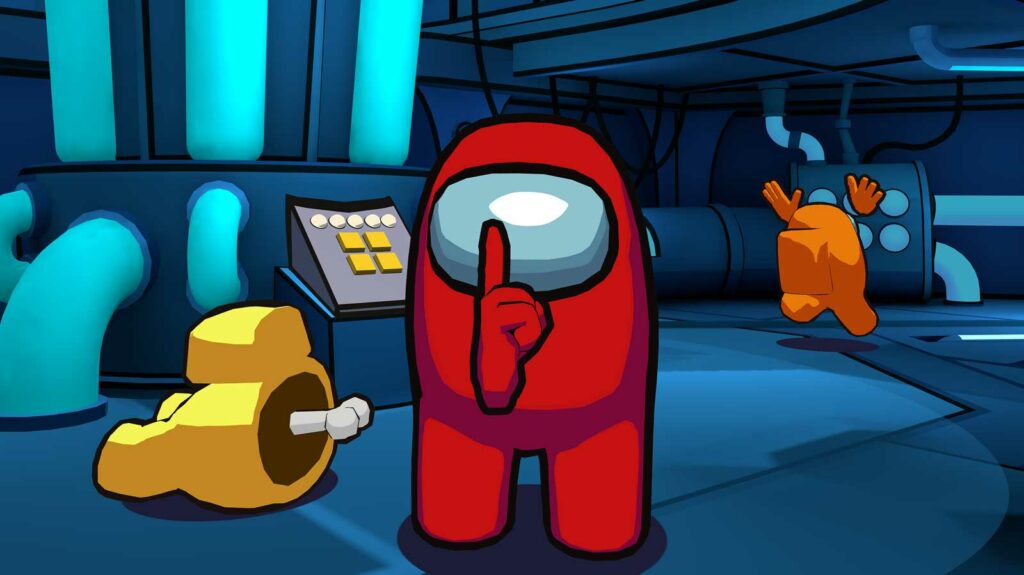
2. Audience Engagement Through Design
How can your game design encourage active participation and engagement from both influencers and their audiences? Consider features that allow viewers to influence gameplay or participate directly, enhancing the communal experience.
Practical Impact: Incorporating interactive elements like live polls, viewer-triggered events, or in-game actions influenced by audience participation can transform passive viewers into active participants. This not only increases engagement but also the time spent on content.
Game Example: in “Cult of the Lamb” stream viewers have the opportunity to both impact the game with either helping or hindering the streamer, or joining to play as followers in the streamer´s cult in-game.
(picture below, credit to pcinvasion)
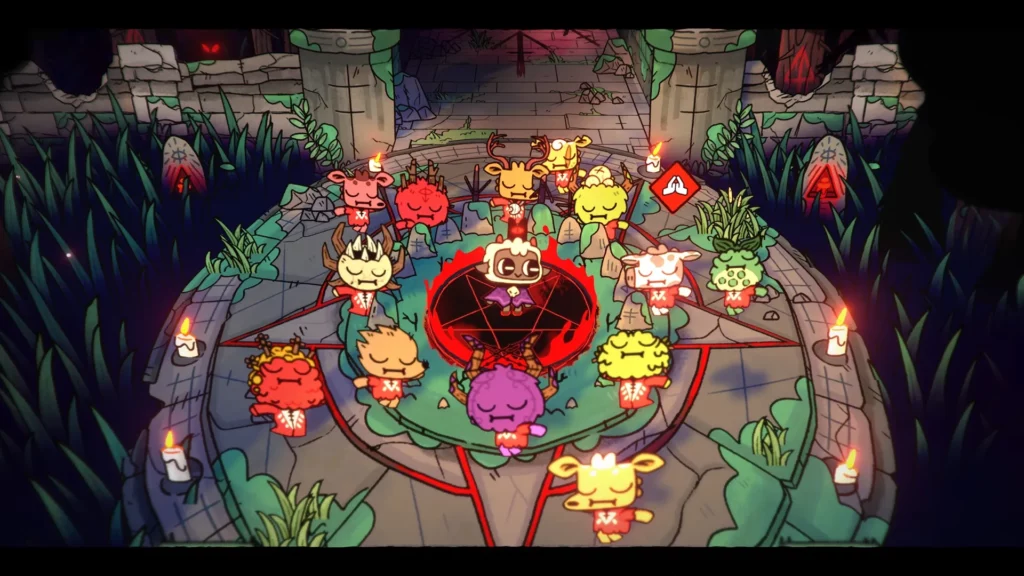
3. Unique Content Opportunities
What unique scenarios or content does your game provide that influencers can leverage to engage their audience? Whether it's through group dynamics, competitive play, or creative freedom, your game should offer fresh, engaging content avenues.
Practical Impact: Designing your game with unique, shareable moments or mechanics encourages influencers to create content that stands out, driving organic discovery and interest.
Game Example: "Fall Guys" provides a cool combo of competitive play and humor, offering endless opportunities for influencers to entertain their audience with the game's unpredictable and goofy challenges. One example of the many standout things in this game is seeing someone else get unlucky in a funny way.
(picture below, credit to fallguys.com)
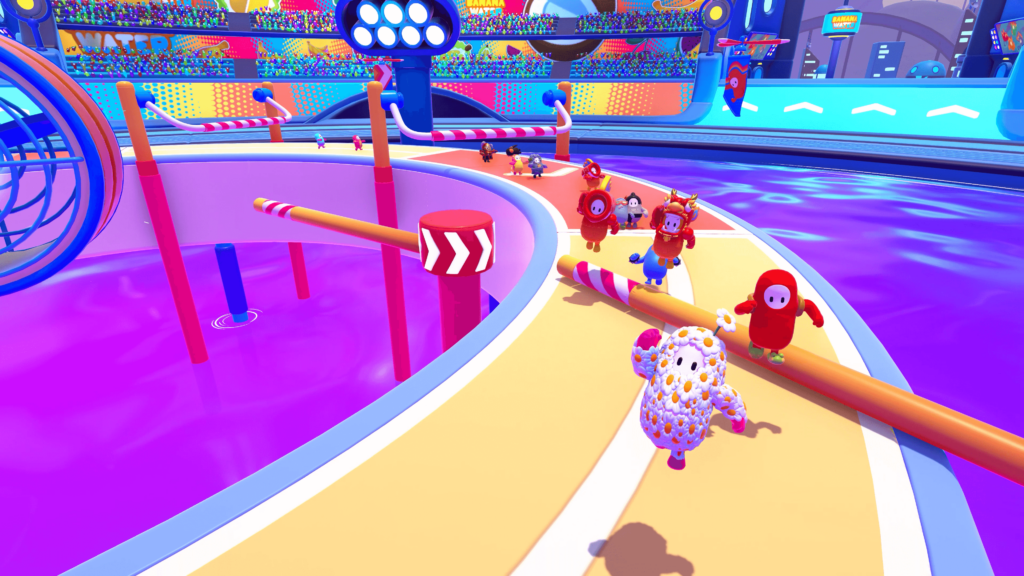
4. Competitive & Collaborative Play
Can your game support competitive play or collaborative events that influencers can easily organize and broadcast? Competitive elements that engage both streamers and their viewers can significantly boost viewer investment and game visibility. Does your game have any known outcomes a content creator´s audience could predict on before it happens?
Big tournaments are often anticipated similarly to a football match. However: Twitch has an integration these days for the viewers betting their channel points on a specific outcome determined by the streamer or moderators: This means on top of the excitement of the streamers faith within a traditional ranked system of a game, even otherwise meaningless matches can now build up excitement for the viewers and get them invested and therefore more engaged with the content.
Practical Impact: Features that support competitive play or collaborative events can create a sense of community and belonging, as viewers rally behind their favorite influencers during tournaments or team-based challenges.
Game Example: "Valorant" & “CS2” leverage their competitive nature by hosting influencer-led tournaments, engaging both the influencers' communities and the broader esports audience.
(picture below, credit to Riot Games)
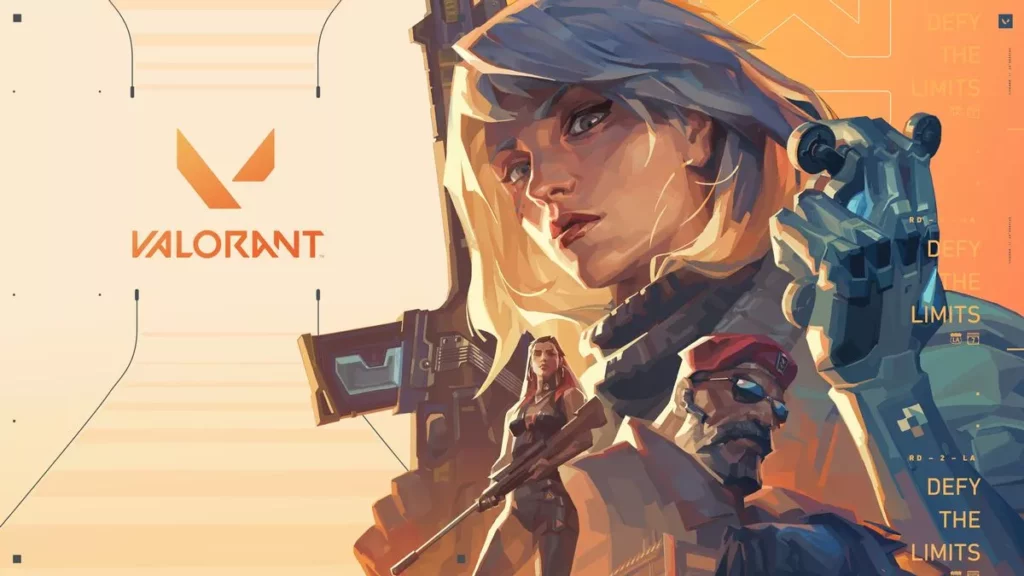
5. Creative Freedom for Content Creation
Does your game offer the freedom for influencers to explore, craft, or roleplay, creating unique content that stands out? Games that allow for personal expression and creativity often lead to viral content moments.
Practical Impact: Allowing influencers to explore and express themselves within your game can lead to diverse and creative content, appealing to a wider audience by showcasing the game's versatility.
Game Example: "Valheim", “WoW” & “Roblox” are prime examples of games that offer boundless creative freedom, enabling influencers to craft unique stories, worlds, and challenges that keep their content fresh and engaging. (picture below, credit to Iron Gate Studio)
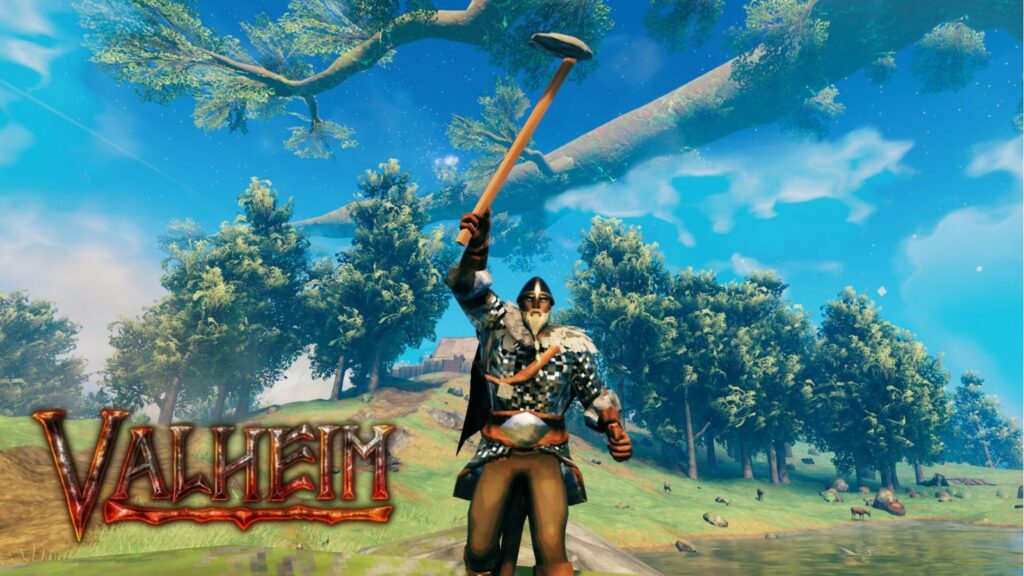
6. Innovative Game Concepts
Is your game concept innovative, blending familiar elements with new ideas to spark interest? High-concept games that offer something novel can quickly capture the attention of both influencers and their audiences.
Practical Impact: Innovative or high-concept games pique curiosity and interest, making them more likely to be picked up by influencers looking to offer new experiences to their audience.
Game Example: Megahit Indie game "Lethal Company" combines a unique mission you have together, with the group play aspect & unpredictable fun. Another equally as great recent example is Palworld, that was marketed mostly with the phrase “Pokemon with guns”. The game combined a lot of previously trending game concepts and genres into one, on top of having the advantage of being regarded as “Pokemon-like”.
(Picture below, credit to Zeekerss)

7. Timing and trends matter
Staying on top of the Trends can pay off big! Gaming is mainstream today and you greatly benefit from knowing what the people desire.
Practical Impact: you may take inspiration from a hot social media trend, whether it uses something novel, nostalgia or even pure meme potential. It is no joke that certain games can pop off or flop depending on the timing of their launch alone.
Game example: “Crab Game” made in 2 weeks by the Norwegian indie developer Dani following the megasuccessful Netflix series called “Squid Game”.
(picture below, credit to Rice Digital)
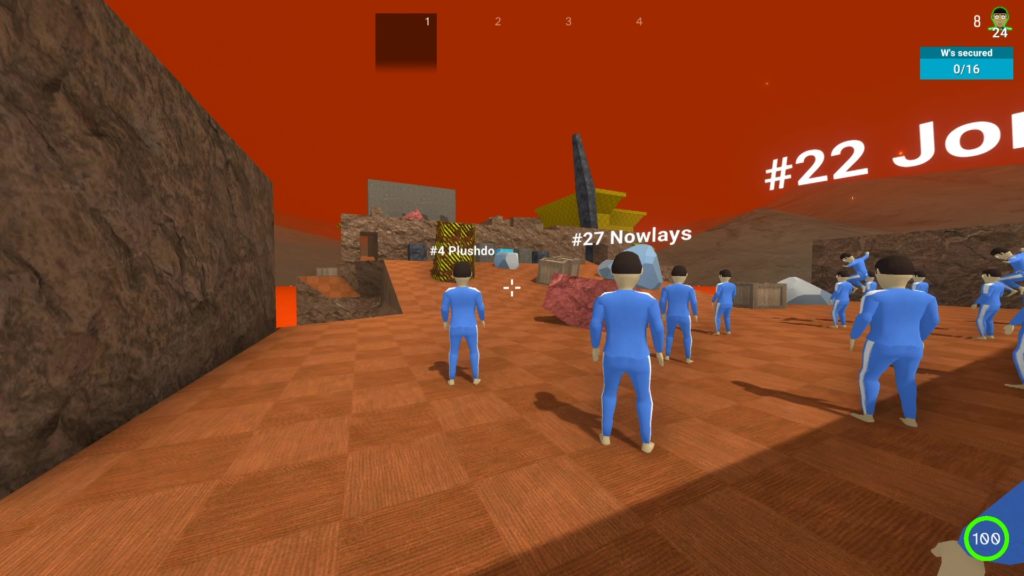
Crucial Advice for Influencer Collaborations
Many studios end up wasting tons of money on building their own stream productions with poor results. Instead you could: Leverage influencers' platforms for game showcases to tap into their established audience trust. Let them host the show! This strategic approach is getting more popular as it can lead to a more effective introduction of your game to potential fans.
Conclusion
Integrating a marketing strategy into your game design from the outset is essential for capturing and retaining player interest. Successful game marketing is easier with an engaging game experience that resonates with players & viewers alike. Do your research on the existing game market & test your concepts with players & influencers to give yourself the best chance to succeed.
If you need help with Influencer collaborations, playtesting or hosting engaging events for your game:
XPFIRST can provide you with high quality personalized service and deliver results.

